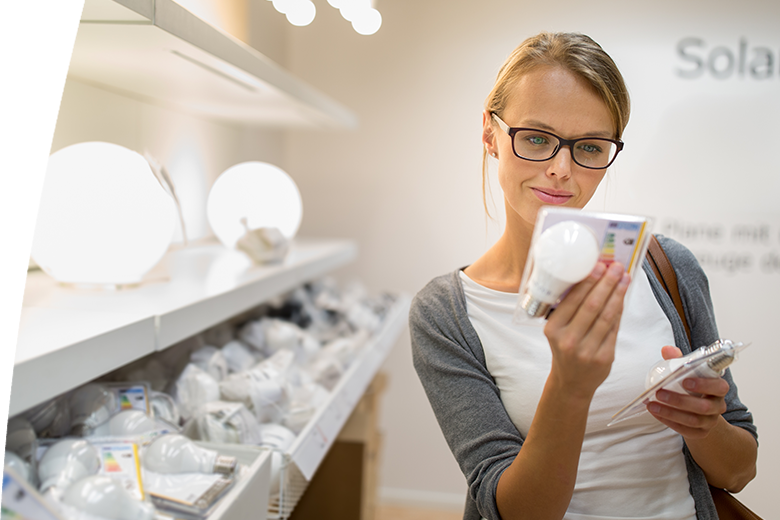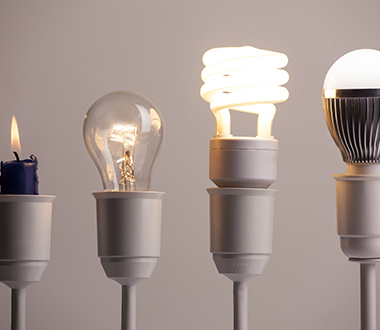What are the optimal lighting conditions at a workplace?
The quality of work depends very much on the lighting that employees have in the workplace. Well-chosen lighting can significantly increase operating efficiency and vice versa. Did you know that more than 80% of all information enters the human brain through the eyes? Poor visual conditions are obviously a barrier to work, leading to mistakes and accidents. An employee who sees and feels comfortable in the room is more motivated and focused. How to choose the right lighting that will increase productivity, creativity, and overall well-being?
Lighting improvements can be achieved by using more daylight, changing the position of light sources or the location of workplaces, and making efficient use of reflected light. The lighting pallet in the room, the pale colors of the walls, or the placement of mirrors in the room will also help you.
Before planning to improve lighting conditions, determine where and what the problem is - talk to staff and see if they suffer from headaches, neck pain, or nausea, all of which can be caused by eye fatigue. Ask them if they see well enough to do their work and if they themselves have any suggestions for any lighting changes. Are your workers unnaturally close to their monitors? Can you adjust the brightness of the monitor? Consider all alternative solutions and get advice from experts, or observe similar improvements in other workplaces.

Daylight
It is simply natural for humans, improves mood, and is also free. Explore the layout of the workplace and try these tips on how to make good use of daylight:
- Secure the skylights, for example by replacing the roof panels with translucent ones.
- If possible, equip the workplace with additional windows.
- Place workbenches, machines, etc. near the windows.
- Consider the height, width, and position required for windows or skylights. More light is available when the window is placed high on the wall.
- Don't forget shades, blinds, shutters, shelters or curtains for windows and skylights.
- Aim the skylights and windows towards the sun so as not to disturb workers during the day.
Artificial light
If there is not enough daylight, for example in the early morning and late evening hours, especially in certain months, artificial light comes into play. The aim is to ensure sufficient lighting for the entire workplace - this should be as uniform as possible. This prevents fatigue, as the eye do not have to constantly adapt to new visual conditions. It should be neither too bright nor too dark.
LED lights
In recent years, LED lights have become popular as an energy-efficient alternative to fluorescent lamps. Although LED lights can be slightly more expensive than fluorescents, using them in an office is likely to save companies money in the long run. This is because LED lights generally last longer than fluorescent lamps and do not use excess energy in the form of infrared radiation as fluorescent lamps do. LED lights can usually be dimmed to match the time of day and season, making them a better choice for employee health.

The advantages of optimal workplace lighting:
- prevention and reduction of the risk of accidents at work
- less health problems (can reduce fatigue, headache, sore throat, etc.)
- better concentration at work
- overall and measurable improvement in work performance
- improving efficiency and increasing work speed
- better work concentration and more work completed with fewer errors
- can increase productivity by 10 to 50%
- can reduce errors by 30 to 60%
As you can see, choosing the right lighting is an important part for the success of your business.
Don't forget to subscribe to our newsletter so that you can also receive additional tips and advice from various areas of the business environment.



